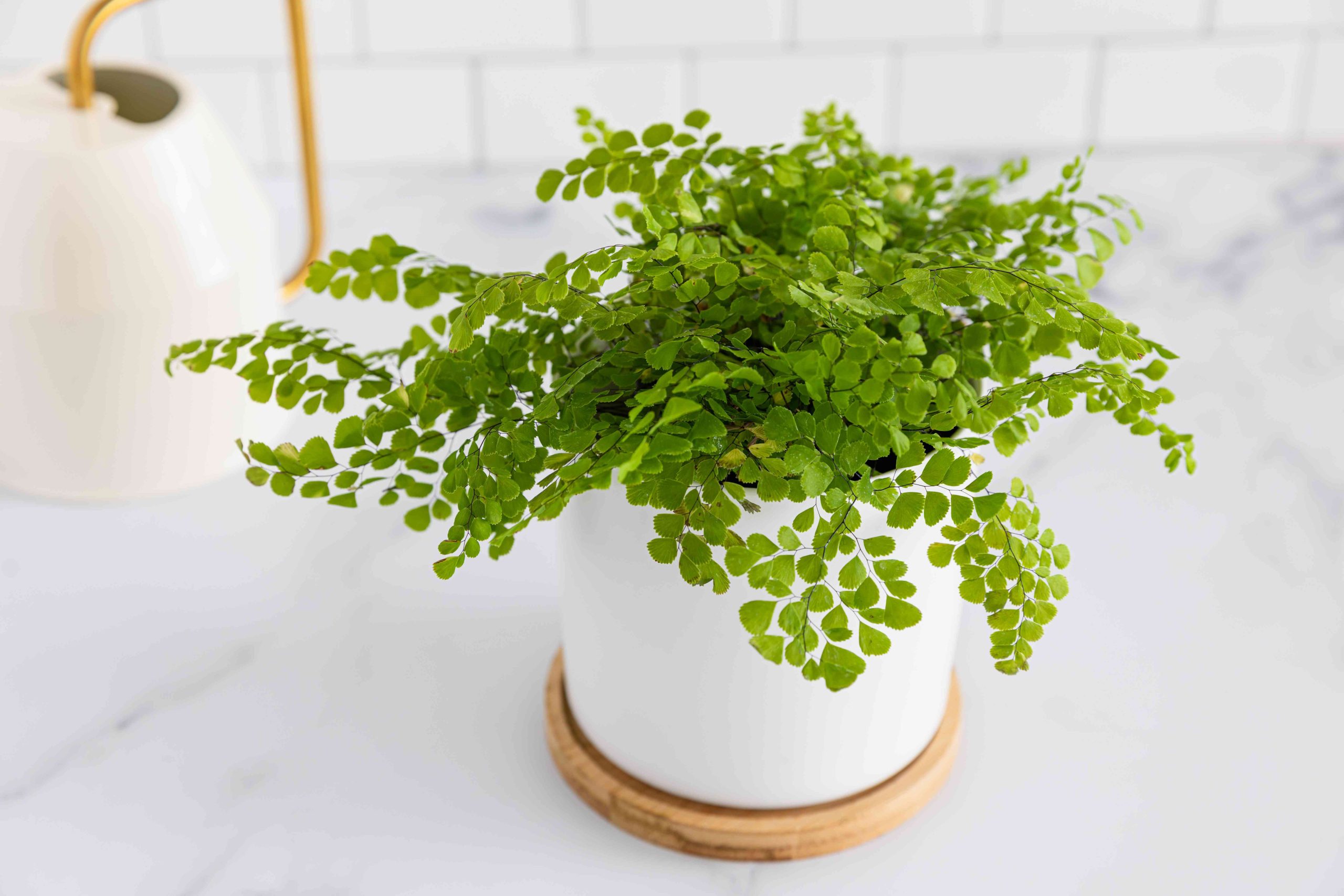With their graceful, arching fronds and lush texture, ferns make excellent additions to container gardens. But getting ferns to thrive in pots requires using a specialized soil mix suited to their needs. The right potting soil encourages healthy fern growth while preventing common problems like root rot.
So what exactly makes the best potting mix for ferns? This guide covers the key ingredients your soil needs as well as mixing tips for creating the ideal growing medium.
Providing Moisture Retention
Ferns naturally grow in damp shaded woodlands and along streams and rivers. Replicating these moist conditions is essential when cultivating ferns in pots. The soil needs to hold moisture well to keep ferns hydrated between waterings.
To boost moisture retention, incorporate sphagnum peat moss or sphagnum moss into your custom mix. Sphagnum mosses excel at absorbing and retaining water. Their spongy fiber structure also improves soil aeration. Look for high-quality New Zealand or Chilean sphagnum moss.
You can also use coconut coir as an alternative ingredient to peat moss Coir is made from the fibrous husks of coconuts and amendment with perlite or vermiculite It has excellent water-holding capacity just like sphagnum moss.
Mix in peat and/or coir to compose at least one-third of the total volume of your potting soil. This ensures there is adequate organic matter to maintain the evenly moist conditions ferns prefer.
Improving Drainage
While moisture retention is important, you also need the fern potting mix to drain well so roots don’t get waterlogged. Excess moisture can lead to fungal diseases and root rot. Adding inorganic materials creates the proper balance of moisture control and drainage.
An ideal amendment for improving drainage is horticultural grade perlite. Perlite consists of volcanic glass that has been superheated and popped like popcorn into lightweight, porous grains. It loosens up the soil texture so excess water can flow through. Mix in perlite at about 20-30% of the total volume.
You can also use horticultural sand, pumice, or fine gravel instead of perlite to enhance drainage. Just avoid builders sand as it contains limestone, which will alter soil pH unfavorably.
A well-aerated fern potting mix should retain just the right amount of moisture after watering without getting soggy or mucky. Test different proportions of amendments until you find the ideal blend.
Adding Nutrients
While ferns thrive in nutrient-poor conditions in nature, providing some nutrition is beneficial when growing ferns in containers. The closed potting mix environment has a limited nutrient supply.
The best way to amend your potting soil with nutrients is by incorporating high-quality potting mix, compost, worm castings, or well-aged manure. This introduces organic matter and beneficial microbes.
You can also add a small amount of balanced organic fertilizer like 5-5-5 or 8-8-8 at about 1-2 cups per cubic foot of soil. This delivers a slow but steady supply of nutrition. Just don’t overdo the fertilizer, as excess salts can burn sensitive fern roots.
When preparing potting soil, combine the nutrient amendments with the peat moss, perlite, and/or sand. Thoroughly mix all ingredients together before filling your pots.
Sterilizing the Soil
One final recommendation for preventative care is to sterilize any garden soil before using it in your potting mix. Soil often harbors fungal spores that could cause issues like root rot if introduced into your closed container environment.
First sift and break up any lumps in the soil. Then spread it out on a baking sheet or tray and bake at 180°F for 30 minutes to sterilize it. Let it cool before mixing into your potting blend.
Recommended Mixes
Some good recipes to try for ferns include:
- 1 part peat moss or coconut coir
- 1 part perlite or builder’s sand
- 1 part potting soil or compost
Or
- 2 parts peat moss or coco coir
- 1 part perlite or pumice
- 1 part worm castings or compost
Custom blended soil tailored to their preferences allows ferns to thrive in pots. Focus on replicating the moisture, aeration, and nutrients they enjoy in nature. With the right potting mix, your ferns will flourish with vibrant foliage.
Soil for Ferns – A 2 Minute Guide to make a great soil for ferns
FAQ
What kind of soil do ferns prefer?
Is Miracle Grow potting soil good for ferns?
Do ferns like deep or wide pots?
Can I use succulent soil for ferns?

